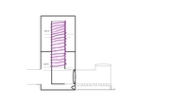
 4
4




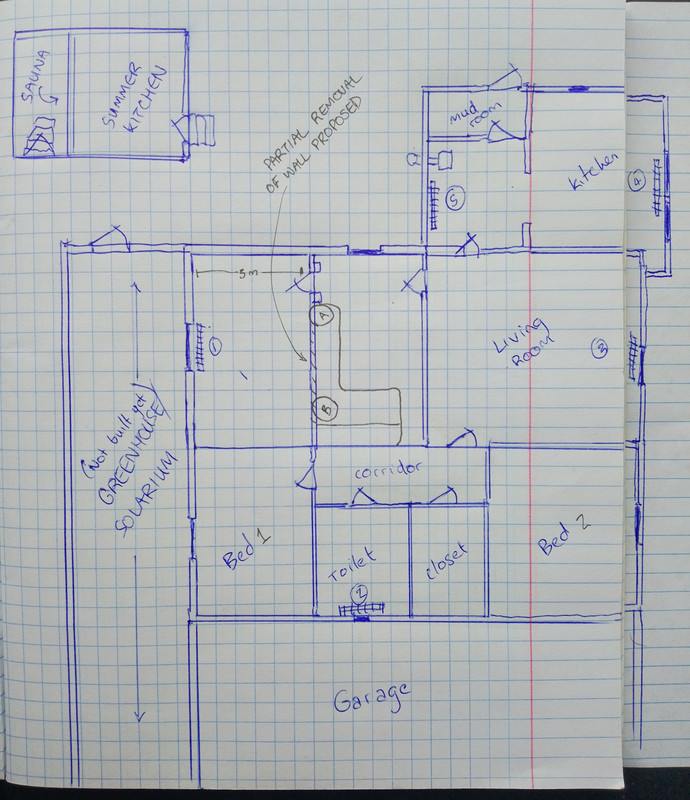
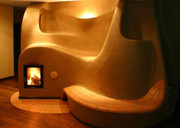
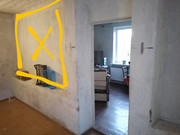
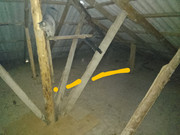
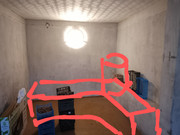
Have a look at Appropedia.org - the sustainability wiki







Have a look at Appropedia.org - the sustainability wiki
 2
2




 2
2




"When the whole world is running towards a cliff, he who is running in the opposite direction appears to have lost his mind." C.S. Lewis
Visit https://themaineingredient.com for organic, premium dried culinary herbs that are grown, processed, and packaged in the USA.

 5
5




For all your Montana Masonry Heater parts (also known as) Rocket Mass heater parts.
Visit me at
dragontechrmh.com Once you go brick you will never go back!



 3
3




Fox James wrote:I think you need to get a qualified builder to visit you house as it is too difficult to advise about knocking holes in walls from an armchair but i would say “yes” you can make a opening in virtually any wall if the corresponding support is catered for..ie a concrete lintel.
Mass heaters will always be better sited on a concrete base and generally speaking that base will need some form of insulation.
Have you checked your building regulations and insurance regarding rocket mass heaters?
Have a look at Appropedia.org - the sustainability wiki



 4
4




Matt McSpadden wrote:Hi M,
I agree that advising on the wall is difficult to do over the internet. However, if it is concrete block... why do you want to remove part of it? It would act like additional mass and soak up the heat and send it out the other side, without needing to remove any of the wall.
About the RMH, there are two pieces of the puzzle. One is whether the floor can hold the weight. This is possible, as Paul built a RMH on a wood floor, but had to add additional supports underneath. Does your house have a basement underneath? A crawlspace? Or build right on a slab?
The second piece is whether the floor/wall can handle the heat. I wouldn't be too worried about the floor, as all the RMH I have seen have quite a bit of rock/cob/firebrick on the bottom that should dissipate the heat. As for the wall, concrete blocks don't burn very well, so that helps :). There are sheets of heat shielding that you can buy for wood stoves to put on the wall and reflect the heat back and protect wood/sheetrock walls. I suspect something like that could help for any wall issues around heat.
Have a look at Appropedia.org - the sustainability wiki



 3
3




thomas rubino wrote:.
Hi M;
I will try to answer your questions.
#1) Some RMHs and mass can weigh in around #4000. If this load is spread over many floor joists it may be ok, but a qualified builder should be consulted.
It sounds like your home is one story with no crawl space. If the ground is close by, then removing a wooden floor and pouring an insulated slab is a better safer alternative.
#2) No concrete on top of the wood floor, that is just asking for problems in the future.
#3) Only someone qualified on-site can determine if you can remove a section of the wall.
As Fox mentioned, a new support must bridge the gap.
#4) It is possible to exit a wall but not recommended. An insulated metal chimney must be installed beyond the roof peak to maintain a good draft.
A vertical chimney through the house will stay warm and draw properly.
From your photos, it appears that you want a traditional J-Tube RMH with a piped mass.
Are you aware of the newest design RMH? A hollow bell to hold your heat rather than a heavy piped mass?
And then there are Batchbox RMHs that burn longer and produce more heat than a J-Tube design.
There have been many improvements and changes in the last few years.
Check out some of the posts in the RMH forum and read all about the newest inovations.
Have a look at Appropedia.org - the sustainability wiki



 1
1




thomas rubino wrote:.
Are you aware of the newest design RMH? A hollow bell to hold your heat rather than a heavy piped mass?
And then there are Batchbox RMHs that burn longer and produce more heat than a J-Tube design.
There have been many improvements and changes in the last few years.
Have a look at Appropedia.org - the sustainability wiki
 6
6




M Ferguson wrote:I found this website, linked on wikipedia. It seems like a pretty good source, but I don't know when it was written: https://batchrocket.eu/en/
regards, Peter
 1
1







 2
2




Peter van den Berg wrote:
Most of the material on the batchrocket site has been written in 2016/2017/2018. There has been more recent updates, those are mentioned here and there on the site. Development has been going on through the years, latest additions are the double shoebox designs, the latest one (#3) isn't on the site yet. I am busy with development of a compact batchrocket core at the moment, results are looking good but no firm final design in sight as of now.
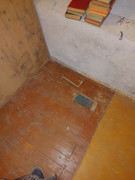
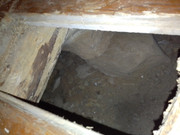
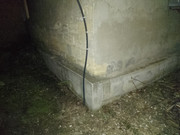
Have a look at Appropedia.org - the sustainability wiki
 3
3




"When the whole world is running towards a cliff, he who is running in the opposite direction appears to have lost his mind." C.S. Lewis
Visit https://themaineingredient.com for organic, premium dried culinary herbs that are grown, processed, and packaged in the USA.



 2
2




Matt McSpadden wrote:Hi M,
I don't think copper pipe in cement would be a good mix.
I can think of two ways to do this. The most common way is to embed pex pipe in the cement floor and pump hot water through it. This can be achieved with a lot of different equipment, and should be possible using water heated with a RMH, but I think to do it safely you are going to need quite a bit of other equipment like pumps and relief valves and whatnot.
Another possibility is to dig down deeper, so that the chimney goes through the floor instead of a bench. Essentially just dropping the whole thing lower than normal. I have seen one guy experimenting with this in his garage. He seemed to think it worked ok.
Have a look at Appropedia.org - the sustainability wiki
 4
4




M Ferguson wrote:2. What is the simplest way to make foundations for the RMH and to insulate them?

 5
5







 2
2




Cristobal Cristo wrote:
This would make a proper foundation for building a quality heater. On this slab you can build canals from bricks laid on stretchers and fill them with perlite or crushed glass. On them you would lay bricks and that would be your base for building.
Have a look at Appropedia.org - the sustainability wiki

 4
4




 3
3




M Ferguson wrote:Would you advise to build a RMH (with bell) on an existing concrete floor, without any knowledge of how it was poured, only that there is no basement beneath?



 1
1




Glenn Herbert wrote:The spaced-out bricks to hold the mass up off the slab are a good plan, but you do not want to totally fill the spaces with insulation (an inch or so would be fine.) Insulation does not stop heat flow, it slows it down, and without freely moving air, heat will build up over time. This is unlikely to actually damage concrete in a residential-scale application, but a wood floor could be overheated and eventually char and catch fire. Circulating air in the spaces will let the heat get out to the room where it will be useful.
For an RMH with a tall narrow bell, I would want to know that the slab was thick or reinforced or both. Failing that, I would pour a reinforced slab on top of the original one with enough area to spread out the load over the total bell footprint or more, depending on the circumstances. A bench-style bell will spread the load enough that I wouldn't worry about it.

Have a look at Appropedia.org - the sustainability wiki




 2
2




For all your Montana Masonry Heater parts (also known as) Rocket Mass heater parts.
Visit me at
dragontechrmh.com Once you go brick you will never go back!

 1
1





|
My favorite is a chocolate cupcake with white frosting and tiny ad sprinkles.
The new kickstarter is now live!
https://www.kickstarter.com/projects/paulwheaton/garden-cards
|

